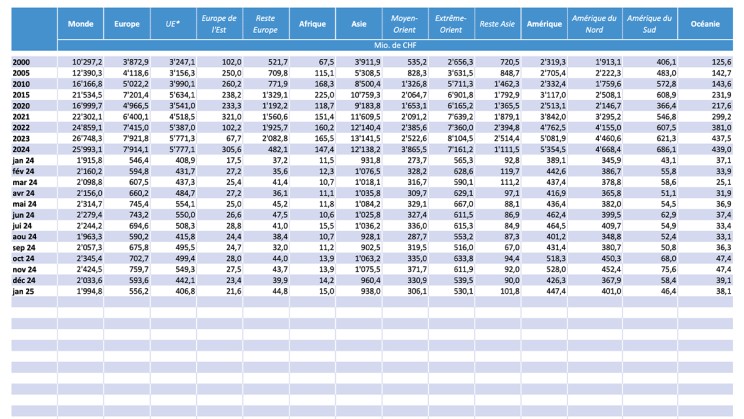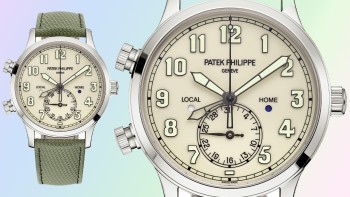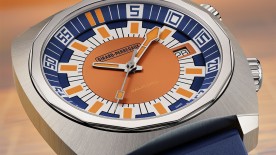It seems like a time from prehistory. We’re in 2015. Baselworld, the global watchmaking fair, is riding an unexpected growth wave, happy to have survived the subprime crisis in 2008. But it had no idea that a crisis was brewing for 2016, that Trump’s first term was preparing, or that COVID was incubating. And that it would close its doors permanently in 2019.
In 2015, then, none of this was on the horizon, but rather the light euphoria of making beautiful watches and surprising its collectors. An exercise that Patek Philippe occasionally indulges in. For that year, the manufacturer unveiled its first pilot’s watch inspired by the aesthetics of the 1920s-1930s.

Daughter of the skies
Like any surprise from Patek Philippe, criticisms flooded in (does it remind you of Cubitus?). And, as always, the piece ended up asserting itself with a force that matched the bad faith of its early detractors... who eventually ended up buying it. Why?
Because this Calatrava 5524 “Pilot Travel Time” is well thought out. You only need to press one of the two pushers on the left side of the case to advance (bottom pusher) or reverse (top pusher) the local hour hand (solid hand) by one hour. With a particularly well-designed trick: each time zone (domestic or local) has its own day/night indicator. But that's not all: its Travel Time mechanism, designed in 1959, benefits from two optimizations. First, the travel hours can be adjusted in both directions. Secondly, it is disconnected from the movement when being adjusted to avoid disturbing its accuracy.
The art of light ivory
Today, Patek Philippe unveils an aesthetic variation of its piece – in watchmaking terms, an “animation.” It involves taking the very first version from 2015 in white gold with a blue dial out of the catalog and replacing it now with the same case, but with an ivory dial.

From the outset, the piece takes two new directions. The first is the enhancement of its vintage character, supported by this creamy dial, the cathedral hands, and the 1920s typographic style of the Arabic numerals. One might object that the design of the “Local” and “Home” indicators could have followed a similar vintage aesthetic, but at the very least, the lettering is in harmony with the “Patek Philippe Genève” inscription at 12 o'clock.
The second direction is legibility, which progresses significantly. The sector dial minute track, as well as the date at 6 o'clock, stands out particularly well in black against the ivory background. The cathedral hands are generously sized, sure to please fans of Saint-Exupéry for a pleasant “Night Flight.”
The crown and pushers are of a contemporary design. An “onion” crown could have reinforced the vintage orientation more strongly, but the current choice also avoids confining the Travel Time to the narrow box of pure vintage. The same applies to the 42 mm diameter, which is decidedly modern, while some collectors might have hoped for a 39 mm or 40 mm size. Instead, Patek Philippe opted for a more “rugged” approach, further emphasized by a khaki composite strap. The Calatrava Pilot Travel Time thus adopts a pronounced presence on the wrist. A deliberately chosen stance: proudly proclaimed.








